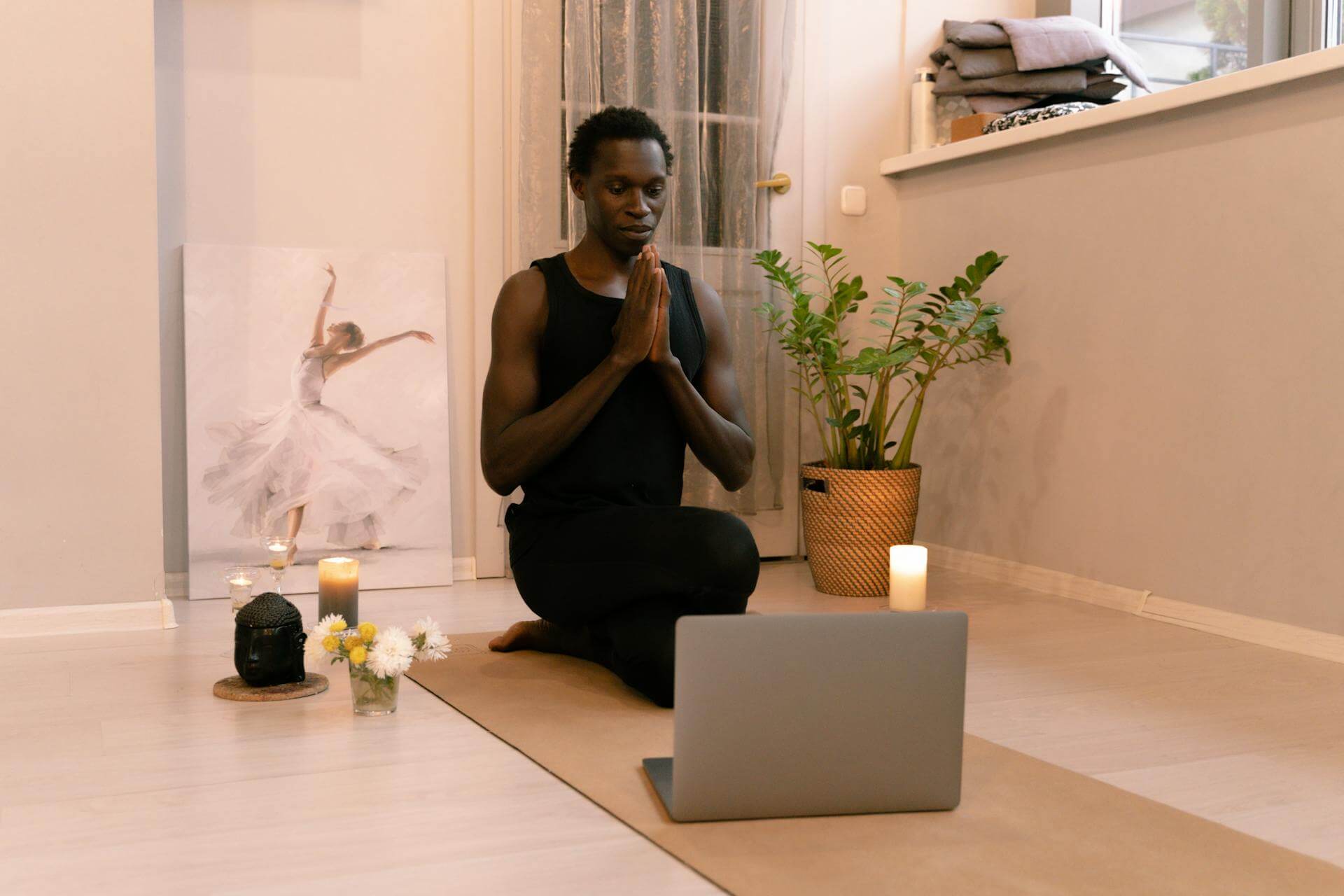
How to Be a Yoga Teacher When You're Going Through a Hard Time?
As a yoga teacher, people often look to you for peace, balance, and clarity. But what happens when you're the one going through a tough time? Whether you're dealing with grief, a breakup, exhaustion or illness, balancing your own needs with your students' can be challenging. If you're wondering how to stay present for your students while taking care of yourself, this blog is for you. Let’s explore how to teach through tough times. When to push forward, when to take a step back and how to honor your emotions without letting them take over the studio.
Embrace your humanity
As a yoga teacher, it’s easy to feel like you always need to be calm, collected, and in control. But one of the most important lessons of yoga is to embrace the full spectrum of your human experience, including the tough moments. If you're going through grief, exhaustion or other challenges, the first step is to recognize it. Pushing those feelings aside disconnects you from yourself and can lead to burnout. It’s essential to accept where you are, both mentally and physically.
• Tip: Before class, take a moment to tune into yourself. Journal, meditate, or sit quietly, accepting your feelings without judgment.
Know When to Step Back
Sometimes, teaching can actually help during tough times. It can give you a sense of purpose or stability when everything else feels out of control. But there are also moments when it’s okay, and necessary, to take a break for your own well-being. It's crucial to assess your capacity, both physically and emotionally, to hold space for others. If you’re feeling physically or mentally overwhelmed, it might be best to step back. Feel free to ask help and find another teacher to cover your class if you need to take some time off.
• Tip: Ask yourself, "Am I able to support others today, or do I need space for myself?" Don’t hesitate to ask a fellow teacher to cover your class if needed.
Set Healthy Boundaries
If you decide to continue teaching during tough times, setting healthy boundaries is key. It’s about finding balance—showing up for your students while also caring for your own needs. Holding space for others while processing your own emotions can be exhausting, so it’s important to protect your energy. You don’t need to share personal details with your students. A simple statement like, “I’m dealing with some challenges, so today’s class will focus on finding peace in tough times,” sets the tone without overexposing yourself.
• Tip: Start class with a grounding meditation to separate your energy from your students’. Afterward, take time to clear any emotional energy you may have absorbed. Whether through a short meditation or stepping outside for fresh air.
Be Authentic Without Over-Sharing
It can feel inauthentic to step into the studio and act like everything is perfect when you’re struggling. But you can still be genuine without oversharing. Being authentic in your teaching is about weaving the insights from your own journey into your classes in a way that benefits your students. Shape your class with your personal experiences while maintaining professional boundaries.
• Tip: Teach what you need. If you're overwhelmed, offer grounding sequences or calming breathwork. For grief, focus on restorative poses that encourage stillness. Use class themes like surrender or resilience to reflect your emotional state and connect with your students without sharing personal details.
Prioritize Self-Care
When life gets hard, it’s easy to pour all your energy into your students. But you can’t give your best if you’re running on empty. Prioritize self-care: get enough sleep, eat nourishing foods, seek emotional support, and stay connected to your own practice. By taking care of yourself, you’ll be better equipped to support your students.
• Tip: Carve out time for yourself daily, even if it’s just 10 minutes. Whether it’s meditation, restorative yoga, or simply sitting quietly with your breath, find a practice that replenishes your energy.

Avoid Gaslighting Your Own Emotion
Gaslighting yourself means doubting your own feelings and experiences. It’s crucial to avoid dismissing or downplaying your emotions, especially during hard times. Let your yoga practice be a space where you can process your emotions, not ignore them.
• Tip: Trust your feelings. If something feels off, honor that intuition. Don’t force yourself to “get over” things quickly. Give yourself the time you need.
Finally, remember, it’s okay not to be okay! Navigating tough times as a yoga teacher requires balance, compassion, and honesty. You don’t need to be upbeat all the time. Your value isn’t tied to your energy levels. Yoga is about presence, and that includes being present with yourself during difficult moments. Whether you step back or shift to a more introspective teaching style, your students will appreciate your authenticity. When you honor your own truth, it deepens the connection with your students, making your teaching a gift to both them and yourself.
Stay connected with your humanity, and let that be a source of strength and inspiration for your teaching.


